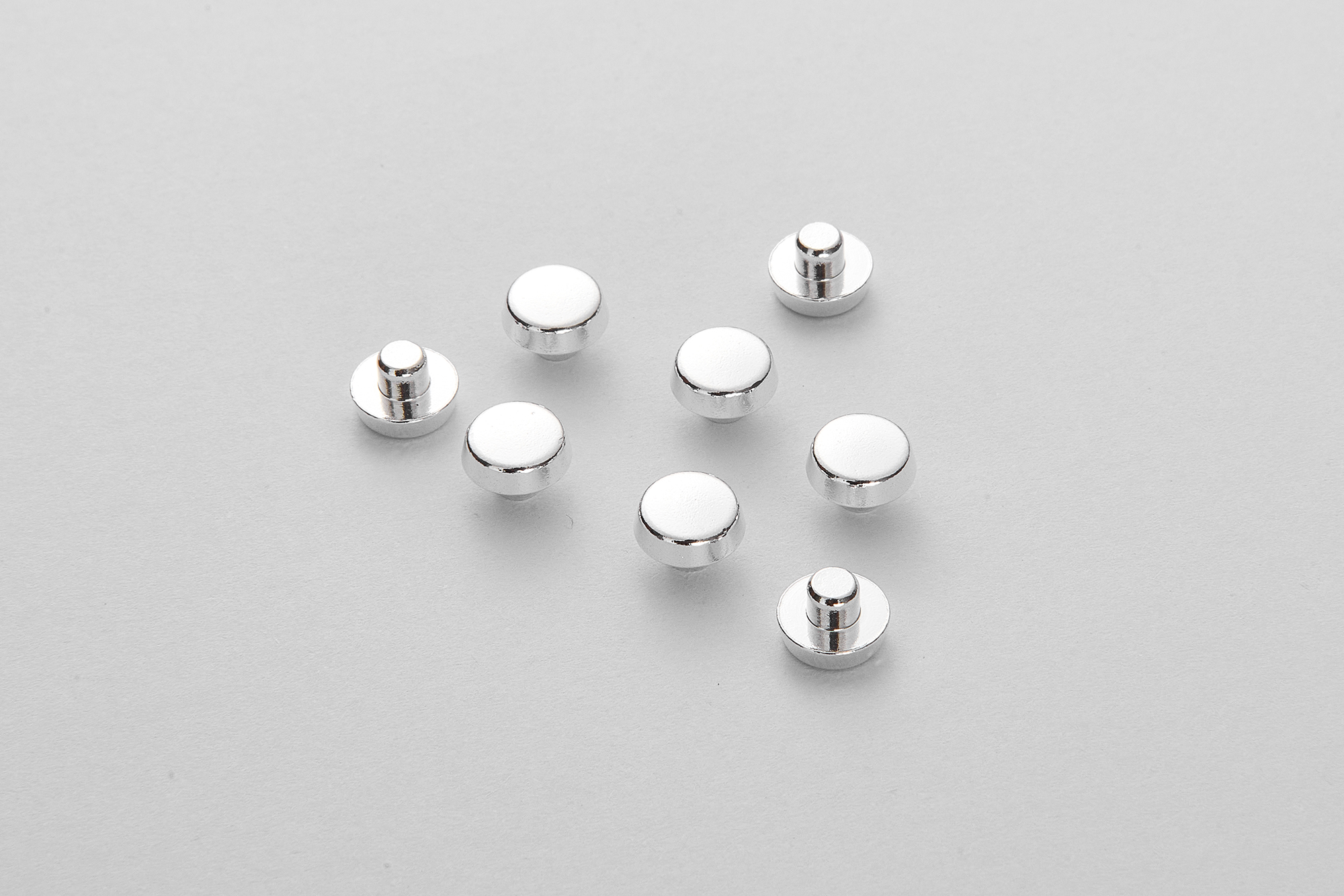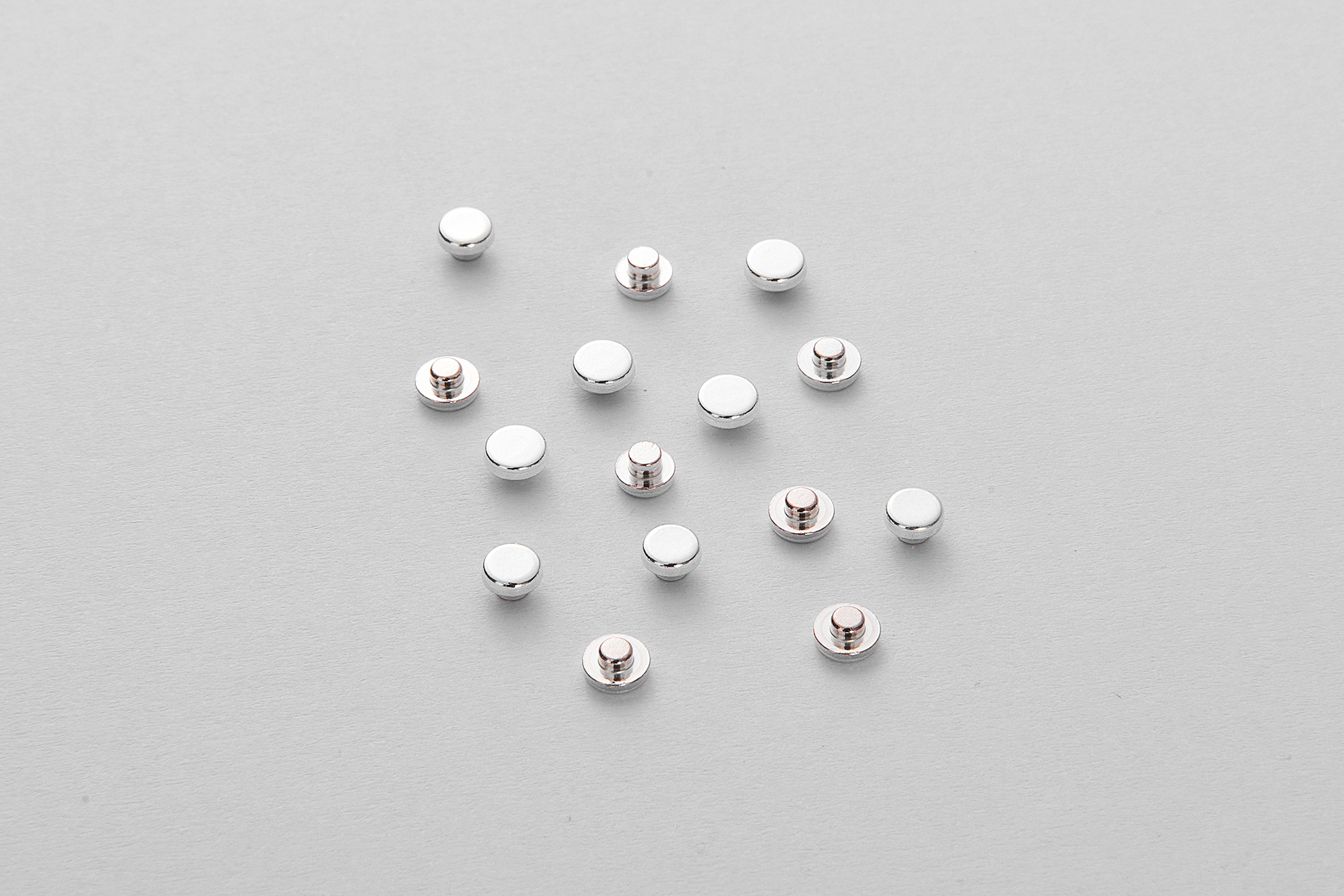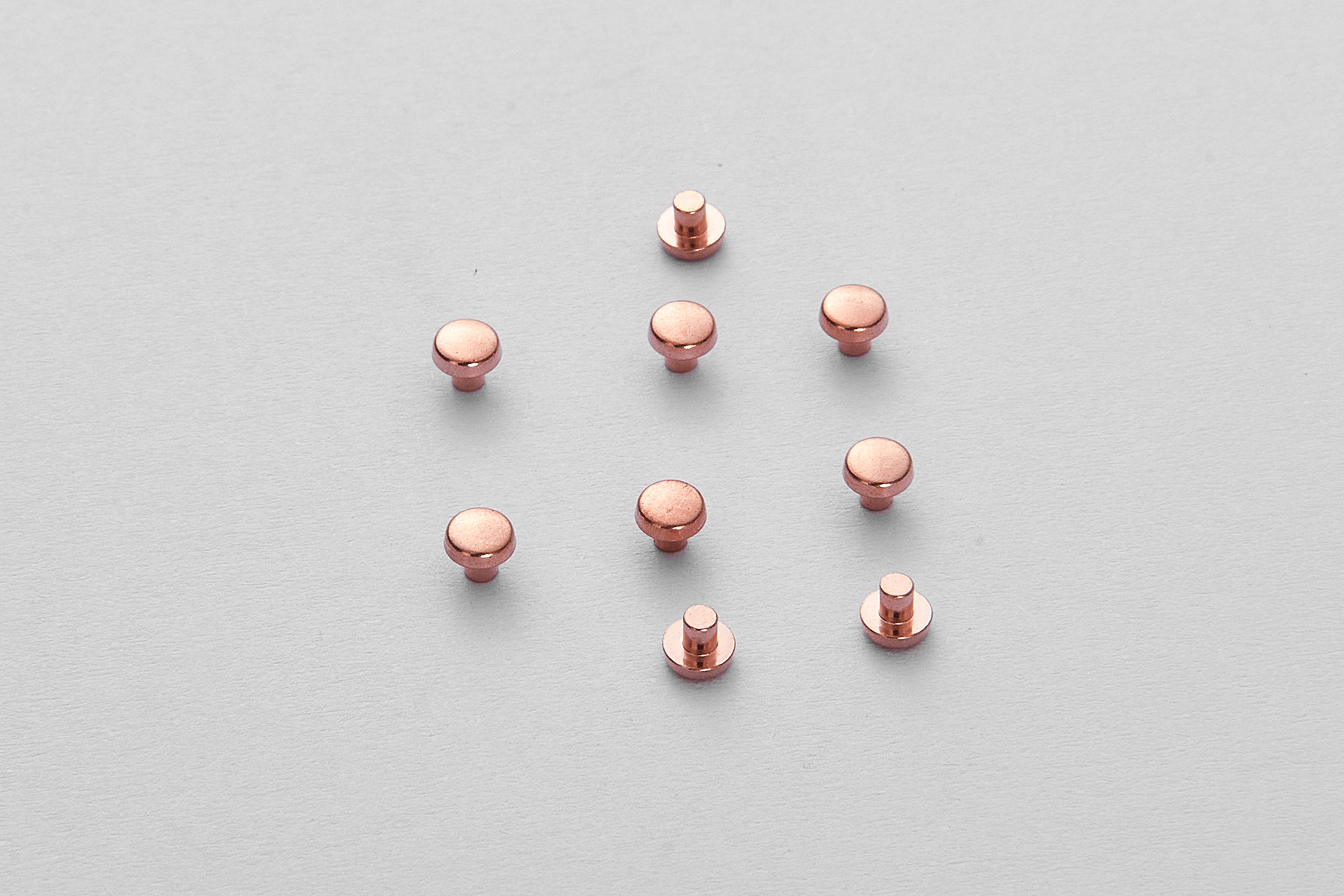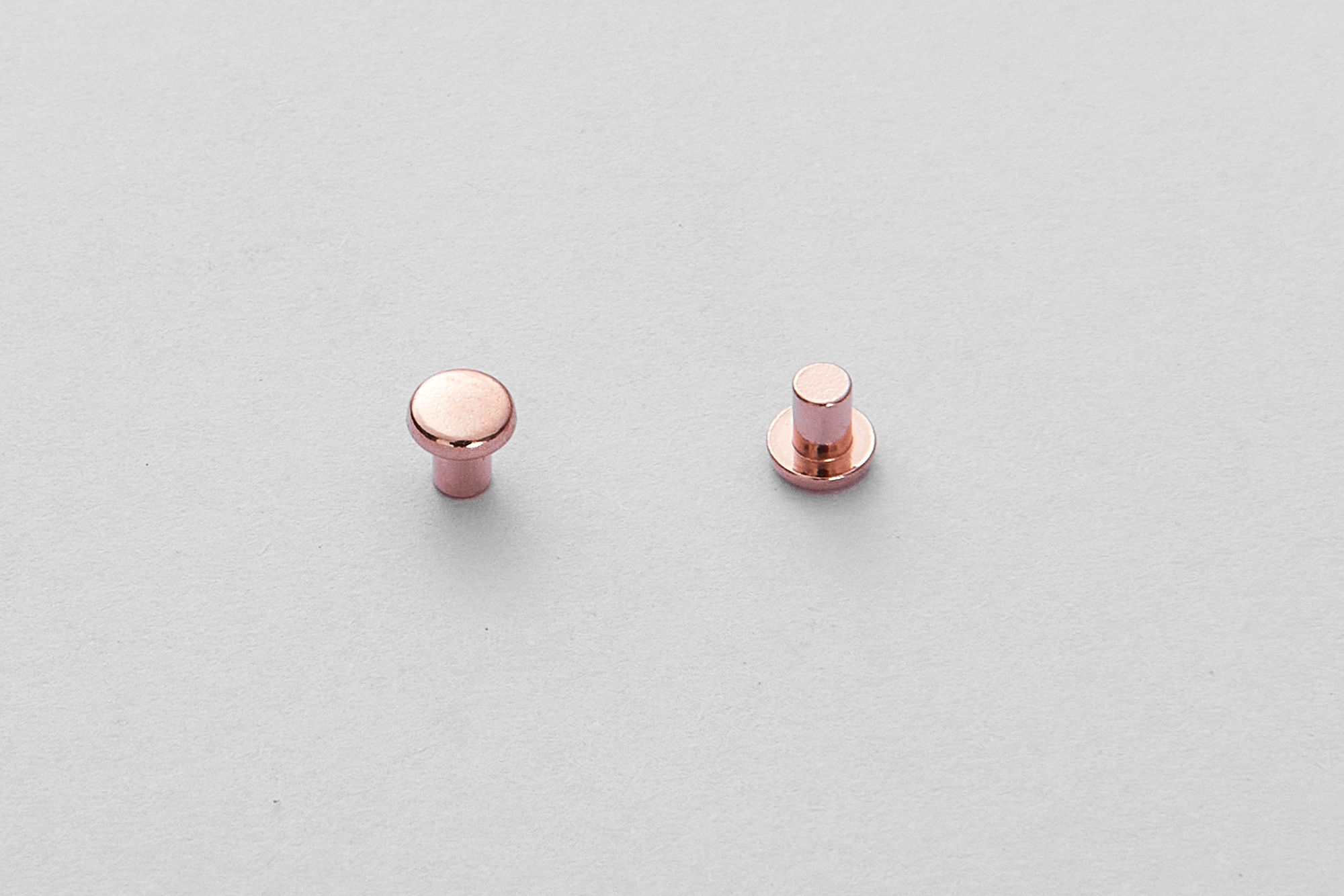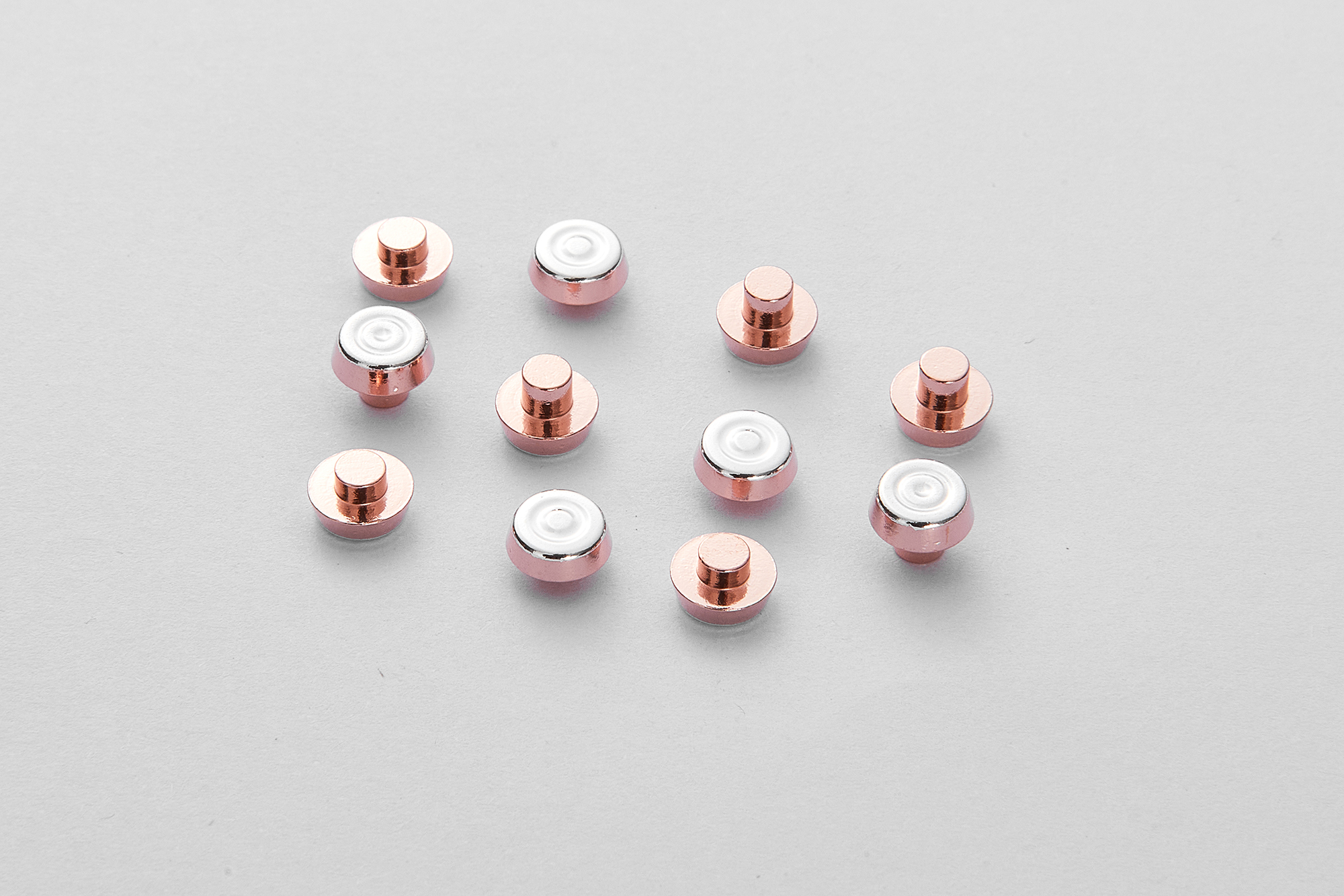Single-point contacts are key components used in electronic devices and circuits, typically serving to establish or interrupt electrical connections within a circuit. They are usually made of materials with good electrical conductivity, featuring excellent elasticity and stability to ensure reliable electrical contact. Single-point contacts play a vital role in various applications, such as switches, connectors, sensors, and more. Below, I will provide a detailed introduction to the working principle, structure, performance characteristics, and applications of single-point contacts.
Working Principle:
The basic working principle of a single-point contact is to utilize materials with good electrical conductivity to establish or interrupt electrical connections under applied pressure. When external pressure is applied, the single-point contact deforms, causing a change in the electrical connection between the contact materials. Through this mechanism, functions such as switching, connecting, or sensing can be achieved.
Structure:
Single-point contacts are typically made from conductive materials such as copper, silver, nickel, etc. Their shape and structure can be designed according to specific application requirements. Common structures of single-point contacts include spring-loaded contacts, spherical contacts, conical contacts, etc. These structures are all aimed at ensuring good electrical contact and have a long service life.
Performance Characteristics:
High Elasticity: Single-point contacts exhibit high elasticity, enabling them to withstand external pressures without losing their shape.
Good Electrical Conductivity: The conductive materials used in single-point contacts possess excellent electrical conductivity, ensuring stable electrical connections.
Stability: Single-point contacts demonstrate good stability, making them less susceptible to external environmental influences and maintaining good electrical performance.
Wear Resistance: Single-point contacts have good wear resistance, ensuring long-lasting and reliable electrical contact.
Applications:
Electronic Switches: Single-point contacts are widely used in various electronic switches, such as power switches and push-button switches in electronic devices.
Connectors: Single-point contacts are also commonly used in connectors to ensure stable connection and transmission in electrical circuits.
Sensors: In certain sensor devices, single-point contacts serve as part of contact sensors, detecting the touch or pressure of objects.
Automotive Electrical Systems: Single-point contacts find extensive application in automotive electrical systems, such as brake light switches and windshield wiper switches.
Overall, single-point contacts play a crucial role as key components in electronic devices and circuits. They are reliable, stable, and durable, suitable for a wide range of applications.





